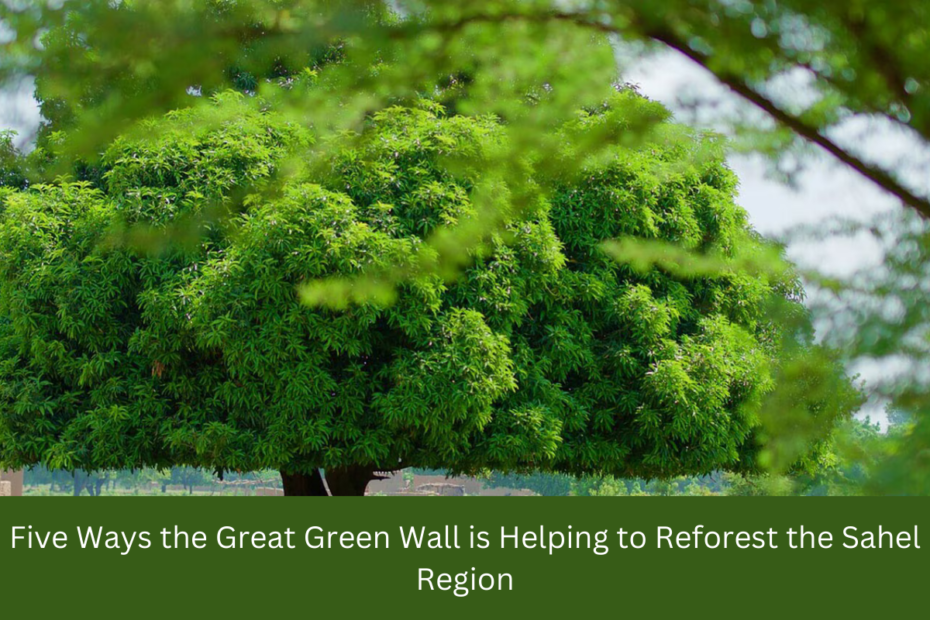It has a lot of problems, like land degradation, lack of water, and food insecurity. The Great Green Wall aims to solve these problems by building a wall of trees and plants that stops the desert from growing and encourages long-term growth.
Five Ways the Great Green Wall is Helping to Reforest the Sahel Region
The Great Green Wall effort fights desertification and climate change in the Sahel from Senegal to Djibouti. This ambitious project aims to build a green mosaic, repair degraded land, and strengthen local communities. Here are five ways the Great Green Wall is reforesting and sustaining the Sahel.
1. Restoring Ecosystems
The Great Green Wall aims to repair ecosystems damaged by deforestation, overgrazing, and unsustainable agriculture. Reintroducing native tree species restores biodiversity and provides habitats for numerous species.
2. Soil Quality Improvement
Degraded Sahel soils diminish agricultural output, compromising millions’ food security. The Great Green Wall encourages agroforestry, which grows trees and crops. This approach feeds soil with nutrients, prevents erosion, and retains moisture.
3. Improving Water Management
Climate warming and deforestation worsen Sahel water scarcity. The Great Green Wall improves clean water access with sustainable water management. Rainwater gathering and tiny reservoirs increase irrigation and domestic water supplies.
See more: Six Incredible and Unusual Eco-Innovations
4. Local Community Empowerment
The Great Green Wall engages local communities because sustainable development must be community-driven. The initiative empowers residents to protect their environment by teaching sustainable agriculture, forestry, and eco-friendly entrepreneurship.
5. Climate Change Mitigation
The Great Green Wall mitigates climate change by sequestering carbon dioxide through tree growth. Reforesting large regions reduces greenhouse gas emissions, fighting global warming. The effort also strengthens local ecosystems and populations against climate impacts like harsh weather.
